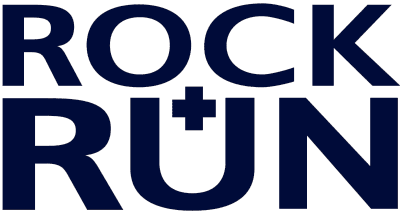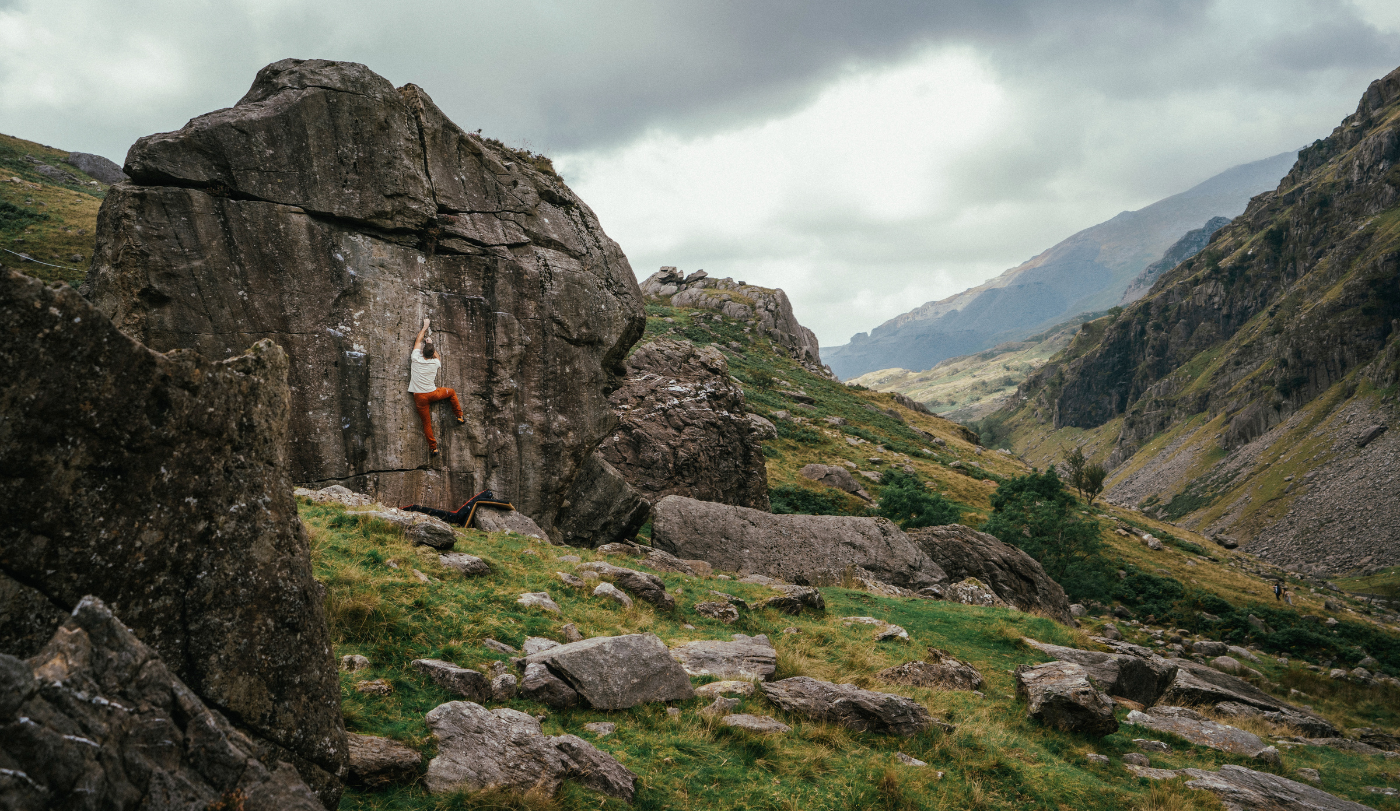By Maddie Stocks
Back at the start of the year, when we were setting our 2020 climbing goals, I can't imagine that anyone was thinking about the Coronavirus outbreak and how it would be impacting not only our climbing, but our daily lives as it is doing now. With most climbing walls and bouldering centres closing their doors for the unforeseeable future, we have lost the special places where we socialise, relax, climb and train. Unless you already have a home wall or training set-up, or currently live near an outdoor climbing area (until things progress to total self-isolation) the wall closures will be affecting your climbing plans in some capacity.
I should be in Fontainebleau right now, crushing after a whole winter of training, but...sigh...I'm not. I'm sat at home wondering how I can prevent all those gains going to complete waste, and how I can turn this situation into an opportunity to maintain some fitness whist being socially respectful. So putting self-pity aside it's time to look at the ways we can train through this unusual time in our lives. If you already have a fingerboard or campus rungs then it's time to dust them off and bust them out as you're ready to go. If you don't then now could be the time to look into investing into some so you can get going; how you are able to train at home will be determined by how much equipment you have. If purchasing equipment is not an option for you, then there are plenty of other ways to keep your fitness and your psyche intact, that we will explore in this article.
Before I continue, I'd like to mention that we (or our collaborators) have written some detailed and structured fingerboard training articles previously so I won't go into detail in this article on how best to hang and for how long. What's important to know is that fingerboards are the ultimate training tool for improving finger strength, so if you are able to include this as part of your balanced home training routine, then a safe and effective programme will likely see you make some significant finger strength improvements. Training on a fingerboard or hangboard allows you to isolate the fingers and train them specifically, developing strength for climbing. Improving your finger strength should not be underestimated, if you can't hang onto a hold you wont be able to move past it! There are many different variations of fingerboards available, including those that are fixed and those that are free hanging, and some that come in the shape of a ball for developing open handed strength positions. All have their own unique benefits and it simply comes down to personal preference or training goals which, some, or all, you choose to train with. If you are looking to buy some home training equipment then our fingerboards page and previously written blog articles, including some product reviews, could provide some inspiration for which equipment might suit your needs best.
Listed below therefore are some of our relevant blog posts, including the Rock + Run Fingerboard Training Guide, which training principles you could apply to most brands of fingerboards, the Rock + Run Beastmaker training articles which are more tailored specifically to those boards, but if you are looking to progress your finger strength then these boards are an excellent investment, the Rock + Run Rock Rings and the Rock + Run Campus Board Training articles which outline the safe and progressive ways to train on these great fingerboard alternatives. If you are looking to purchase any of the training equipment mentioned in this article and any of the articles below, then direct links can be found at the end.
Training Guides
- Fingerboard Training Guide
- Beastmaker 1000 Fingerboard Training Plan
- Beastmaker 2000 Fingerboard Training Plan
- Metolius Simulator Training Guide
- Metolius Rock Rings Training Guide
- Pull-Up Exercises for Climbers
- Campus Board Training
- How to Fit a Removable Fingerboard
If hanging from any of the equipment listed above isn't an option, or you are looking to train other areas of the body, then there are other options. The Gripmaster is a simple and cost effective piece of equipment which is useful for hand and finger rehab, and strength development. Performing structured exercises can enhance and maintain the physical attributes, general health, athleticism and strength of both your hands and fingers. Check out a previous article on how to use this 'handy' little tool here: Rock + Run Gripmaster Training Guide.
In addition, or as an alternative to crimping and working the fingers, then good old fashioned pull ups are an excellent general upper body conditioning tool, that can enable you to train strength, power and your core without the need for any equipment other than a simple and easy to install pull up bar. If you don't have access to a pull up bar then you can still manage to perform some beneficial exercises on anything you can perform a pull up off, your child's climbing frame, a tree branch, inverted rows on a dining table etc. There are plenty of articles on performing pull ups at home without equipment online, so google away and be as innovative as possible! We have a training article on Pull-Up Exercises for Climbers which is great if you have a bar at home.
Next we move onto body tension, which is a crucial and much underestimated form of climbing strength - in combination with finger strength, this sorts the good climbers from the rest. In another previous article we detail some great body tension exercises and the benefits on climbing strength, with the bar and floor exercises being able to be performed at home with little to no equipment...perfect for the current or future situation. Have a read and get started today: Guide to Body Tension Training for Climbing.
Second to last there are plenty of strength and conditioning exercises that you can perform with any home gym equipment, such as a trx, kettlebell, barbell, or hand weights. If you already have these at home then you will likely know how to train with them. Try and do a circuit style workout which will work your anaerobic fitness as well as your muscle condition. Whilst we will be doing less actual climbing, we can perform an all over body workout using both the muscles that are used commonly in climbing (i.e. back and biceps) and the antagonists, legs and core too. Try and avoid any leg exercises that are prone to causing muscle bulk, such as squats with weight to prevent increasing your body weight.
Finally, there are an abundance of bodyweight exercises such as push-ups, burpees, squats etc. that can all be performed with no need for space or any equipment, and can be have a really great effect when progressed in a smart way. Make sure you make it challenging enough so that you are not finding it too easy, and keep mixing it up so that you don't get bored. An example workout with progressions could be:
| Exercise | Optional Progression | Reps/Set |
| Push ups (chest, triceps) | One arm, hand stand push ups | Session 1-2 = 8 reps/ 3 sets |
| Sit-ups (abs) | Plank, with weight | Session 3-4 = 8 reps/ 4 sets |
| Squats (legs) | Jumping squats, single leg | Session 5-6 = 10 reps/ 3 sets |
| Burpees (all over body) | With jump | Session 7-8 = 10 reps/ 4 sets |
| Seated Dips (chest, triceps) | Session 9-10 = 12 reps/ 3 sets | |
| Hyperextensions (lower back) | Session 11-12 = 12 reps/ 4 sets | |
| Lunges (legs) | Single leg, dynamic (jumping) |
The Mental Side
Easy to overlook, there are a number of ways we can improve our mental state for climbing also. Mental training isn't massively covered in climbing literature yet it is equally as important to performance as strength, flexibility and technique. We have a selection of Climbing Mental Training Books which could pass away some of the extra time we might find ourselves faced with. With hindsight, this entire set of circumstances is a mental test, to show resilience and perseverance in an ever changing situation. We'd likely all rather be pushing our grade at the gym instead of doing body squats in the kitchen, but it's important to try and stay positive and make the best of what we have.
With regards to the physical activities above, it's just as important to warm up properly as it is when you're at the gym or the crag, so don't overlook it at home. Injury isn't good under any circumstance. Warm-up-putty and Thera-bands are great tools and are available from our store. If you've been inspired to purchase any other equipment mentioned in this article, there have been some quick links provided below. This is a challenging and strange time. Stay safe and well, and train smart. Before we know it we'll be back to climbing, feeling stronger and more focussed than ever.












